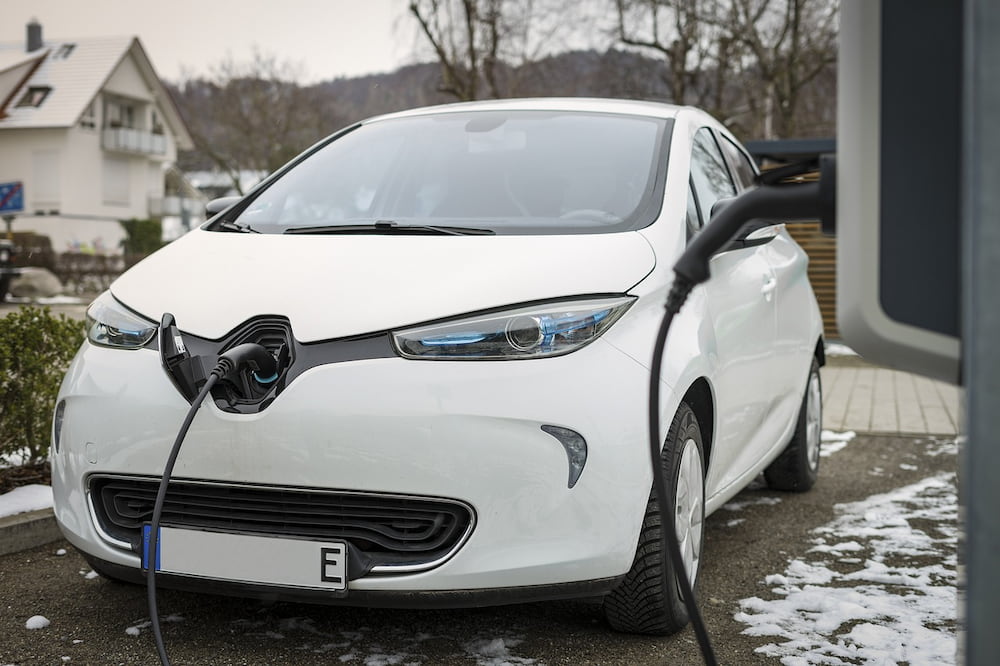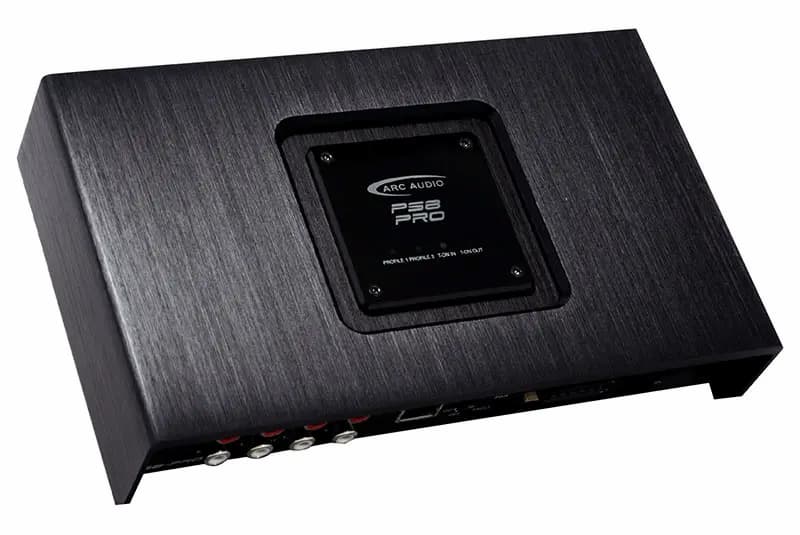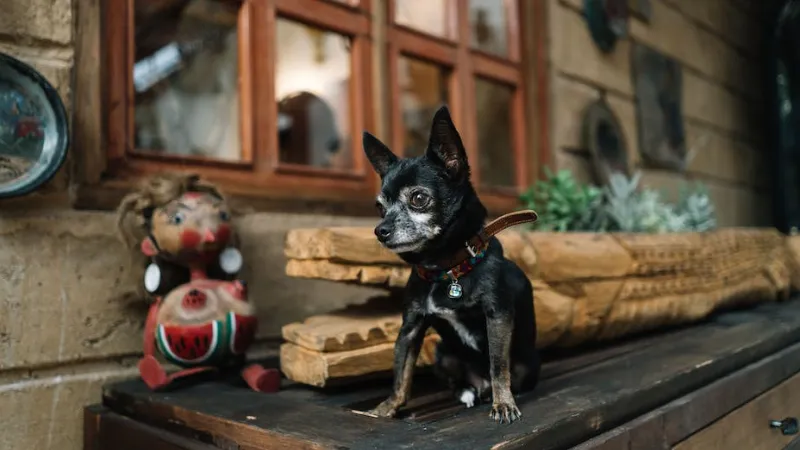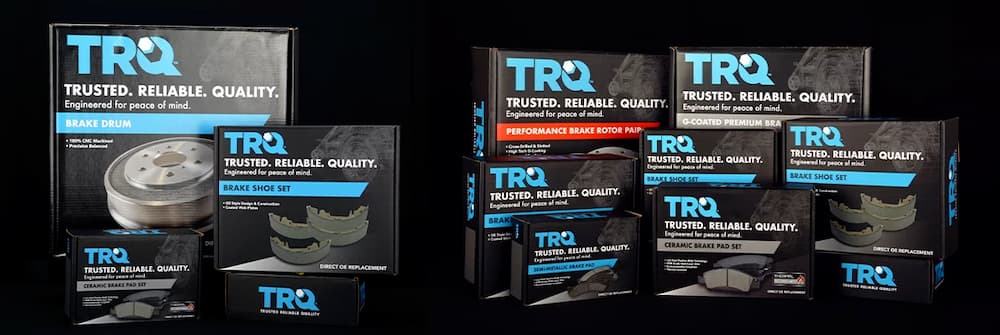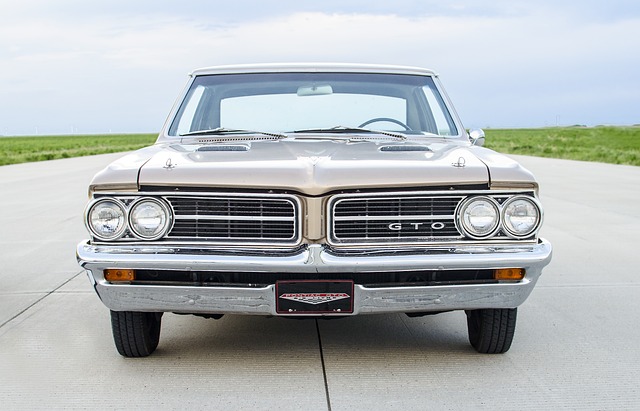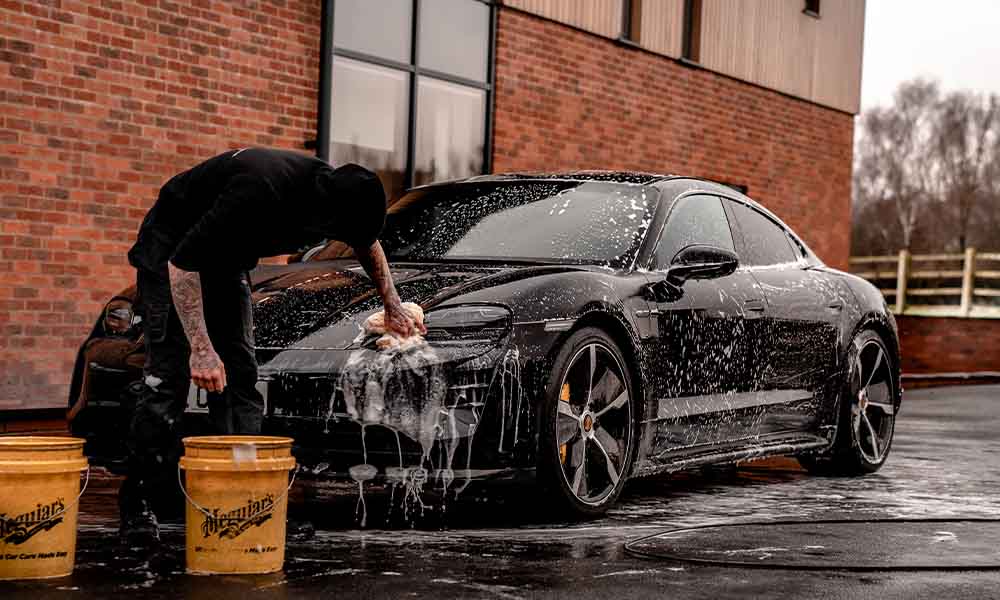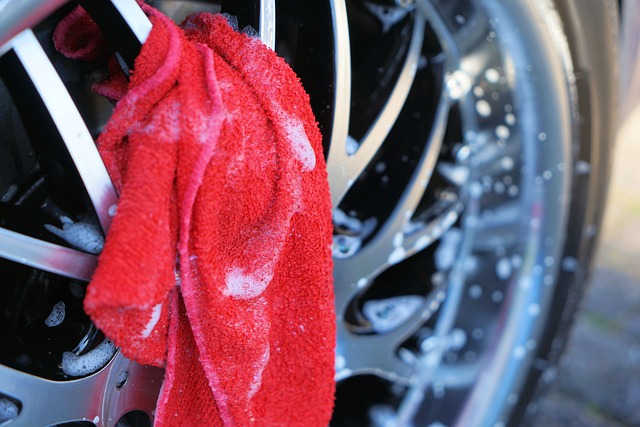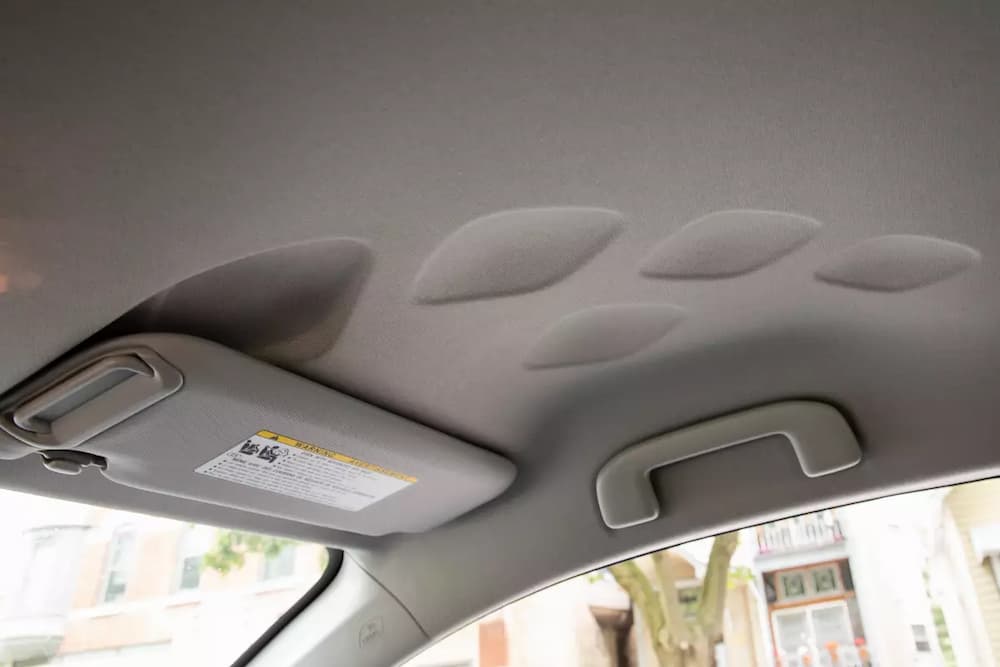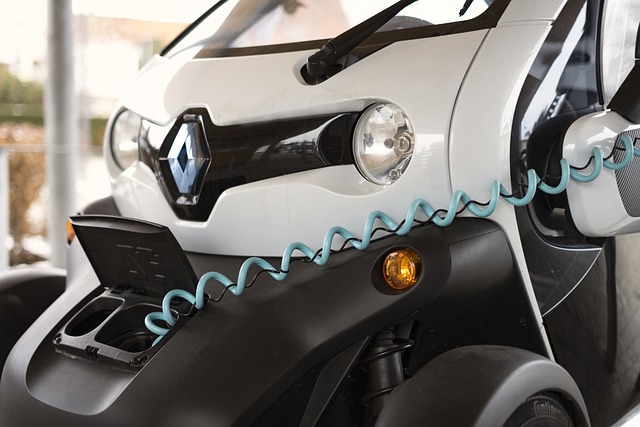Quick answer: vacuum clean the car interior, remove dust and dirt, dust the surface, spot clean stained areas on the interior plastic, apply plastic protectant, and polish the interior plastic.
The plastic in a car’s interior is vulnerable to stains, dirt, and other foreign objects. You must clean black plastic periodically because these impurities are more noticeable on dark-colored surfaces.
How can I maintain the plastic in my car’s interior and prevent expensive repairs? You’ll be relieved to learn that the task doesn’t take a lot of time and isn’t particularly challenging.
Table of Contents
How to Clean Car Interior Plastic?
Vacuum Clean the Car Interior
Before wiping and spot cleaning the car’s plastic interior, vacuum the interior first. As a result, surfaces won’t be scratched and your cleaner will operate more effectively.
- To avoid scratching the surface while vacuuming, connect the brush attachment to the hose.
- To enter the interior of the car’s tight spaces and crevices, use the crevice tool.
- To avoid damaging them, be cautious when handling knobs and vents.
- In order to prevent the contaminants on the ceiling, upholstery, floor, and other surfaces from transferring to the plastic surfaces and to achieve an overall clean interior, vacuum these surfaces.
Remove Dust and Dirt
The simplest way to solve the problem is frequently to use a vacuum if you can see a layer of dust on the plastic components of your car. Comparatively to other techniques, like simply wiping the surface, this has a tendency to be a quicker way to remove dust and dirt particles. In fact, while you’re vacuuming the plastic inside your car, you might as well vacuum the rest of the interior so you can keep the floors and floor mats cleanlikewise starts a new window. To ensure you’re getting rid of as much dust as you can, try to vacuum the plastic while getting in the smallest cracks and crevices.
Dust the Surface
Having cleared out the majority of the larger debris, you can now focus on getting rid of any obstinate dust remnants. Make sure to clean everything, from the dashboard to the doors, with a soft cloth that has been dampened with water before you dust. Getting into the tighter spaces around the gearshift and any dashboard knobs or buttons may require some assistance. You can use a damp Q-tip, an old toothbrush, or a small paintbrush to remove dust from the car’s small spaces. After dusting any wet surfaces, simply wipe them down with a soft, dry cloth.
Spot Clean Stained Areas on the Interior Plastic
As plastic surfaces are frequently soiled, you’ll probably also need to clean stains off of the plastic dashboard and other surfaces.
- Using a homemade solution made of equal parts vinegar and water in a spray bottle is an inexpensive way to clean the plastic dashboard trim and interior of the car. Additionally, the vinyl in a car’s interior can be cleaned with this mixture.
- However, using a professional plastic cleaner car care product would be preferable, especially an interior detailer. In addition to having anti-static and dust-repelling properties, it can make the plastic in car interiors look brand new.
- Some products emit vapors that should not be inhaled. Therefore, carefully consider their descriptions and, if necessary, wear a mask.
- Be careful not to overspray or expose the electronics to too much moisture. To avoid this from happening, pour the solution onto a microfiber cloth and wipe the cloth over the stained areas until they are removed.
- To spot clean textured plastic, scrub the grooves thoroughly with a soft detail brush or toothbrush.
- Take a second microfiber cloth and dry the area after the stain has finally been removed.
Apply Plastic Protectant
To prevent dust or fading and cracking over time, a protectant must be applied after cleaning the interior plastic.
- For application guidelines, refer to the product’s instructions.
- You shouldn’t spray it directly onto plastic surfaces, just like with the cleaner.
Polish the Interior Plastic
Polishing the interior plastic of your car is an additional step to take if you want it to look like new.
- You can use olive oil from your pantry to polish plastic surfaces.
- Investing in a protectant that also doubles as a polish is another way to simplify maintenance and save money.
- Using a clean cloth, apply your chosen product to the surface and buff it.
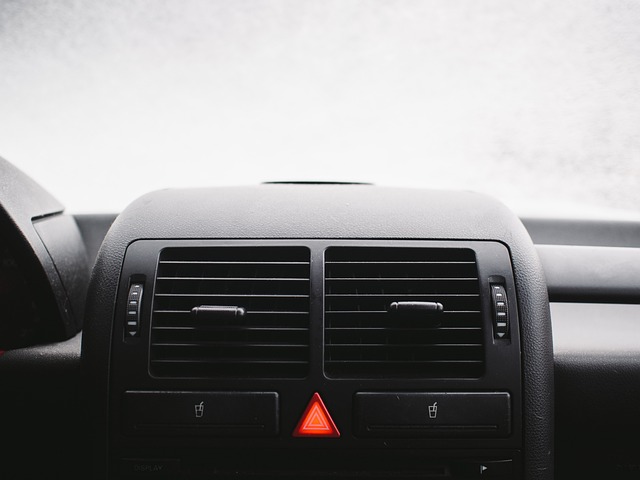
Clean Black Interior Plastics
Some trim, perhaps made of anonymous or textured grey plastic, hides the dust better. The worst offender for revealing dust and marks, however, is black plastic trim, which is also true of touchscreen surfaces and the common shiny piano-black finish. Use an anti-static Interior Detailer and a clean, dry microfiber cloth to gently clean these. It will assist in preventing dust buildup if used sparingly.
Clean Hard Interior Plastics
Using any tool should be done carefully because hard plastics are prone to scratching. Use an all-purpose cleaner to get rid of any lingering stains after giving the area a quick wipe down with a damp microfiber cloth. Always keep in mind that water and electricity don’t mix, so it’s best to avoid using a lot of water and to make sure that you spray products onto the cloth rather than directly onto the interior surfaces.
Clean Mud Off Car Interior Plastic
Being active draws mud and dirt, which is then tracked into the car, especially in the winter. For instance, door trims are frequently rubbed and scratched by boots. When wet mud is attempted to be removed, it only spreads. It is better to let it dry before brushing it away with a soft bristle brush. Avoid using a hard brush because it might score and mark the surfaces. If the mud is stubborn, you might want to wash the affected area with a damp microfiber cloth. All-purpose cleaner, on the other hand, will be able to get rid of any leftovers and stains. To give the plastic that “as new” showroom finish, add a small amount of Interior Detailer at the end.
Clean Textured Interior Plastics
Some car interiors have textured or grooved surfaces. As an illustration, consider how the plastic trim around the door closes. the same cleaning procedure as before, but this time use a soft detail brush to get into the textured surface’s grooves that might have otherwise been missed.
It is very satisfying to maintain and clean your car well, both inside and out. Back up and take in your own workmanship. Driving is more enjoyable when the interior is clean and fresh. Well-maintained vehicles will also retain their value better.
How to Treat Plastic Trim on a Car?
For a variety of reasons, the plastic trim inside your car is dirt-prone. Dust, muddy shoes, and sticky fingers can all dull the shine that your plastic trim begins to have.
But you can make the interior look better than ever by taking just a few quick steps.
To get started you’ll need:
- Clean microfibre cloths
- An interior brush is included in the well-reviewed interior cleaner, King of Sheen Vinyl Shine, which is great for scrubbing out tight spaces.
- For all of your vinyl, rubber, and plastic interior, use Armor All Protectant Semi-Matt as a plastic protector.
- Polish – Polish is frequently combined with your plastic protectant, but if not, any car cleaning polish will do.
With all your products to hand, follow these five steps:
- Vacuum– The best way to make your clean last as long as possible is to thoroughly vacuum your floor mats and the interior of your car. This is because a lot of the grime or dirt you see on your plastic is probably made up of dust particles.
- Dust– Use a moist microfiber cloth to remove dust. A soft-bristled toothbrush or paintbrush can be useful for cleaning small crevices or your steering wheel.
- Clean – Use an automotive plastic cleaner and a clean, damp microfiber cloth to clean plastic that has visible stains or dirt. Dry the area with a microfiber towel after wiping the surface clean.
- Protect – Apply a plastic protectant with a satin or matte finish, adhering to the instructions for your chosen product, once all of your interior plastic parts have been cleaned and dried. Just keep in mind that you should typically apply products directly to your applicator pad or cloth.
- Polish – You can add an automotive plastic polish as a final step to restore the interior’s shine. Apply to a soft microfiber cloth and rub into your plastic in short circular motions.
A trim restorer or plastic scratch kit, like Quixx Scratch Remover, is available from online retailers like Amazon or most sizable auto repair shops or garages if you’ve cleaned up your plastic but it still looks worse for wear due to scratches or marks. This includes the polish, cloth, and sandpaper you need to fix the dings on your door panels and interior plastics.
Just be careful not to get this (or other cleaning products) on your car seats or upholstery because black plastic restorers in particular can be challenging to remove. If anything spills on the seats, you can learn how to clean leather or cloth seats in a car.
If you have small dings and scratches, this should take care of them, but if you have deeper pitted scratches, you may want to have them fixed by a professional detailer.
Conclusion
Don’t wait until your car’s plastic surfaces are too dirty, faded, or cracked to clean and care for them. To prevent expensive issues, quickly follow the instructions above on how to clean plastic on a car interior. The journeys you take in a spotless car will be much more comfortable.
Read about

